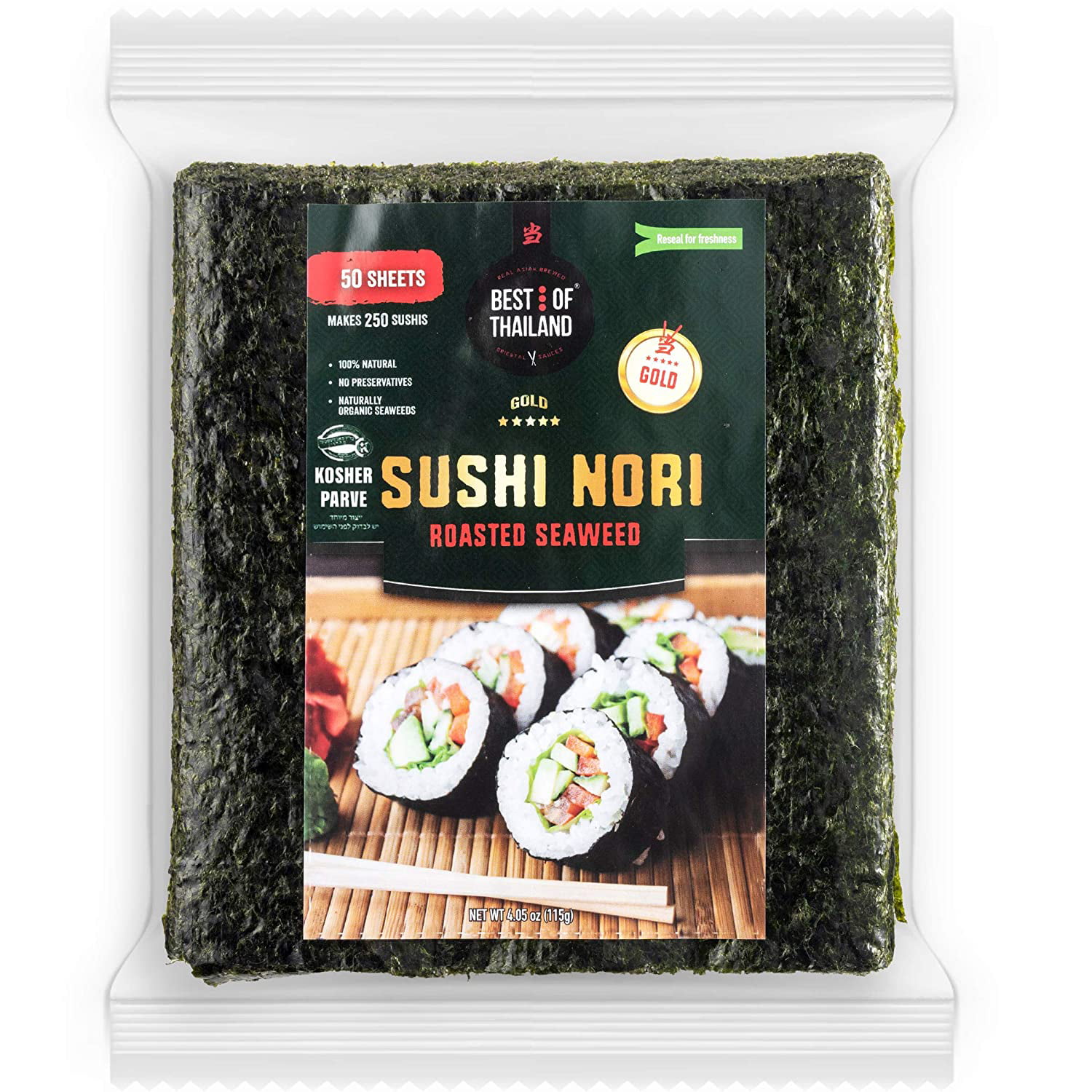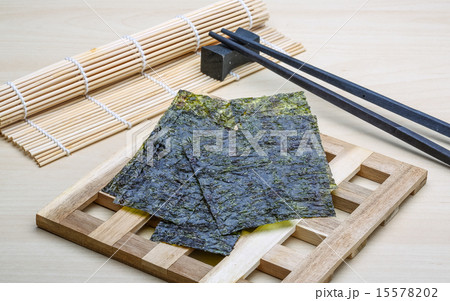

She is still revered as the savior of the Japanese nori industry. Kathleen Baker was hailed in Japan as the "Mother of the Sea" and a statue was erected in her memory. Her work was discovered by Japanese scientists who applied it to artificial methods of seeding and growing the nori, rescuing the industry. The industry was rescued by knowledge derived from the work of British phycologist Kathleen Mary Drew-Baker, who had been researching the organism Porphyria umbilicalis that grew in the seas around Wales and was harvested for food ( bara lafwr or bara lawr), as in Japan. Due to a lack of understanding of nori's three-stage life cycle, however, those attempting to produce nori artificially did not understand why their cultivation methods were not being productive with nori. They sought to supplement their traditional reliance upon harvesting the natural product from the sea. When Japan was in need of high food production after WWII, production of nori was in decline. It was used in conjugation as " Awa nori", probably referring to what now is called aonori. The word " nori" first appeared in an English-language publication in C. P. Nori had been consumed as paste form until the sheet form was invented in Asakusa, Edo (contemporary Tokyo), around 1750 in the Edo period through the method of Japanese paper-making. In Utsubo Monogatari, written around 987, nori was recognized as a common food. Local people were described as drying nori in Hitachi Province fudoki (721–721), and harvesting of nori was mentioned in Izumo Province fudoki (713–733), showing that nori was used as food from ancient times.
#Nori sheets code
In the Taihō Code that was enacted in 701, nori already was included in the form of taxation. One of the earliest descriptions of nori is dated to around the eighth century. Originally, the term nori was generic and referred to seaweeds, including hijiki.

Toasting a sheet of nori, a 1864 print by 江戸自慢三十六興


 0 kommentar(er)
0 kommentar(er)
